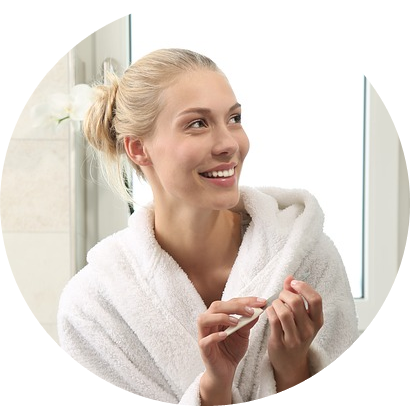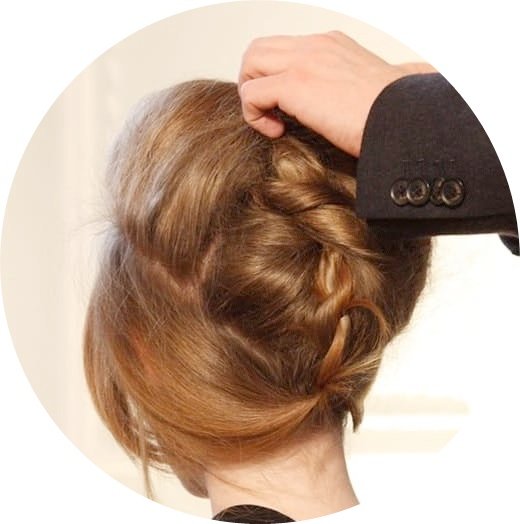10 ways to stimulate hair growth through shampooing
Looking for immediate ways to stimulate hair growth through shampooing? Not as complicated as you might think. Hair is fairly strong and can bear normal grooming. There is a correct technique for washing hair that has been used in India for centuries-follow it to keep your hair for longer. Try this Nutrigro® plan to stimulate hair growth through shampooing.
- Brushing hair before washing can make loose flakes of sebum and dead skin build-up. Cleaning the scalp during shampooing would, therefore, be easier.
- Use a natural gentle shampoo. Even in shampoos that advertise as “natural”, quite often harsh detergents are present. These can strip away too much oil from the hair, causing shampoo residue to be left behind. Ingredients that help include Aloe Vera, Tea Tree Oil, Sage, Saw Palmetto, Nettle and non-Sodium Lauryl Sulphate detergent.
Choose a shampoo with a balanced pH; a level of 5.5 is ideal. The pH scale runs from 0 to 6.9 for acids and 7.1 to 14 for alkaline, with 7 being neutral.  Generally, conditioners are not as notorious as shampoos with respect to containing harsh chemicals.
Generally, conditioners are not as notorious as shampoos with respect to containing harsh chemicals.
Shampoos with conditioners included should be avoided. Shampoos and Conditioners serve two different functions. Combining the two diminishes the effectiveness of both.
3. Wet the hair with warm water to open up the pores and increase blood circulation in the scalp.
4. Start shampooing from the front and going to the nape with your fingertips. Do not excessively shampoo the hair as this can strip vital minerals like calcium, phosphorus, nitrogen and iron from the hair. When shampooing the hair, pour the shampoo into the hands and rub the shampoo in with your hands rather than pouring it on your head. Pouring shampoo directly into the hair may promote build-up in one particular patch.
5. Shampoo with warm water – removing dirt and grease.
6. Rinse hair with cold water to open the pores and improve blood circulation. Rinsing with cool water will help shrink the pores back to their normal size. After washing your hair or the thinning area with cold water run your scalp with your fingers deeply. Do this until you feel a tingling sensation in your scalp from the heat you are generating. The heat and rubbing activate the sebaceous glands. These energise blood flow – hence increasing the growth of new healthy hair -this is an old tried and tested method.
7. Massage the scalp gently with your fingertips to loosen flakes and build-up and to stimulate circulation. Avoid using the fingernails as this may scratch the scalp and cause scarring over time.
8. After washing hair, dry the hair by blotting with a towel. Avoid rubbing, particularly with cloth towels. This will pull hair when it is already in a weakened  state due to the wetness.
state due to the wetness.
9. Do not brush the hair when it is wet. Only after drying the hair, brush it. Wetting hair helps straighten and detangle hair much better. However, the stress on the hair shaft is increased.
10. Avoid overuse of hairstyles that pull the hair too tight e.g. ponytails and braids. These may cause traction alopecia or hair loss especially along the sides of the scalp. Leave the hair chemically untreated for a time and leave it in a loose style may be a suitable remedy.
11. Your comb should be even and smooth toothed. Your brush should have stiff and long bristles to increase blood circulation in the scalp.













